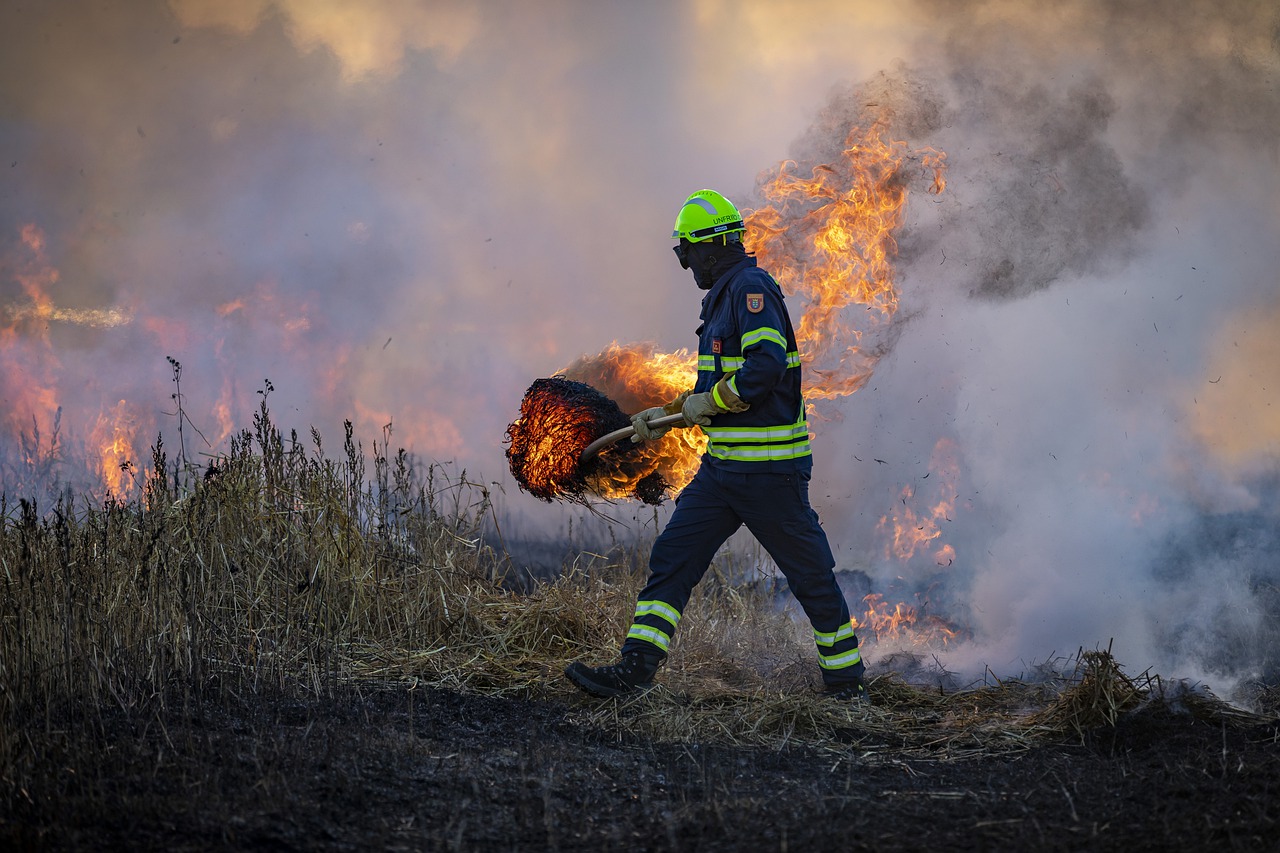
Pre-reading questions:
- What is a wildfire?
- When are wildfires most likely to occur?
Vocabulary:
- barrier /BAR-ee-er/
- determine /dih-TUR-min/
- recovery /ri-KUHV-uh-ree/
- overall /OH-ver-AWL/
- impact /IM-pakt/
[noun] – something that prevents something else from happening or makes it more difficult
Ozone is the earth’s barrier against ultra-violet radiation.
[verb] – to discover the facts or truth about something
A follow-up audit will be conducted by the office to determine whether any modifications or improvements have been made.
[noun] – a process in which a situation improves after a difficult period
The physicians were surprised by her quick recovery.
[adjective] – in general rather than in particular, or including all the people or things in a particular group or situation
Despite a few small issues, the overall situation is good.
[verb] – to have an influence on something
Engineers believe that the new engine could impact how cars are developed in the future.
Article reading:
The study was published in the journal Proceedings of the National Academy of Sciences, and Prof. Clare Murphy (Paton-Walsh) of the University of Wollongong commented on it. She predicted that ozone depletion would occur again after severe fires, which are expected to become more common as a result of climate change in the coming decades. “Any slowdown in the recovery of ozone in the mid-latitudes will increase the overall exposure to UV-radiation for Australians and hence may impact the occurrence of skin cancers in future,” she said.
Comprehension questions
- Based on the article, what caused a sequence of chemical reactions that led to ozone depletion?
- Who is Prof. Susan Solomon?
- What did Prof. Susan Solomont say about wildfires?
- Where was the study published?
- What did Prof. Clare Murphy predict about ozone depletion?
Discussion questions
- In your own opinion, how does a wildfire start?
- What other countries experience wildfires? What do you think can be done about it?
- If wildfires occur in your country, how would you deal with it?
- Do you agree that intense fire episodes are expected to increase with climate change in the coming decades?
- Why are wildfires so destructive? Please elaborate on your answer.